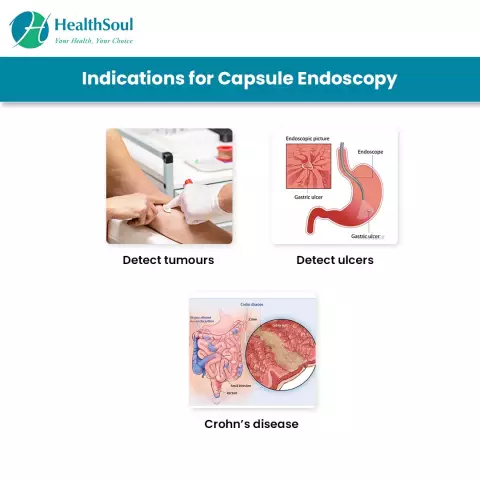- Author Rachel Wainwright [email protected].
- Public 2023-12-15 07:39.
- Last modified 2025-11-02 20:14.
Spiny lobster
Langoust is a representative of crustaceans that looks like a lobster, they are even often confused. A distinctive feature of it is a hard shell covered with spines, long antennae-whiskers and pectoral legs devoid of pincers, and it has 10 legs in total. Langouste is reddish-brown in color. The shell of this inhabitant of the seas changes several times in life, as it grows. The body length of an adult is about 60 cm, it weighs on average 3-4 kg.

Science knows about 100 varieties of lobster, the most popular are 5 of its types. Atlantic pink lobster lives off the coast of Ireland, red Breton lobster is found in the Mediterranean Sea and the Atlantic Ocean, green, unlike others, has 12 legs instead of 10, Florida and brown lobsters are colored brown. The last three species are found in the seas within the Pacific ocean, off the coast of South Africa, Mexico, Australia and New Zealand, where commercial production of these lobsters takes place.
Lobsters lead a sedentary lifestyle, since despite their powerful chitinous shell, they are extremely clumsy, and most of their lives are forced to hide in secluded corners at the bottom of the sea, in crevices and thickets of corals. These crustaceans reproduce by laying eggs.
The benefits of lobster
Lobster meat is a source of protein and various amino acids, which are indispensable materials for building human tissues. 100 g of product contains 20.6 g of protein. A significant part in the structure of lobster is water (74 g per 100 g).
Seafood is rich in phosphorus and calcium, which are essential for bones, joints and teeth. These two trace elements are most fully assimilated with the simultaneous intake of a sufficient amount into the body. Calcium is involved in muscle contraction, blood clotting, is part of enzymes, etc. Phosphorus is involved in the metabolism of carbohydrates and energy, is important for the normal functioning of the central nervous system, maintains the acid-base balance in the body, being part of one of the buffer systems of the blood. Without phosphorus, it is impossible to fully assimilate vitamins of group B. With a deficiency in the human body of calcium and phosphorus, bone deformities can develop due to softening of bones, rickets.
300 g of lobster meat cover the daily human need for iodine and copper.
In addition, spiny lobster contains a lot of potassium, which is important for the functioning of the heart muscle, magnesium, which is involved in muscle contraction and relaxation. Vitamins A, groups B, PP, C complement the beneficial properties of this product.
Sometimes there is an allergy to spiny lobster, which is manifested by a rash on the skin, itching and swelling. This product should be carefully included by people with allergies to other seafood.
Cooking lobster
Lobster is a valuable delicacy, the exquisite taste of its meat will satisfy the appetite of any gourmet. In addition, it is a rather expensive pleasure and a perishable product. Therefore, lobsters are delivered to restaurants alive in cardboard boxes to use fresh meat for cooking. For food from the lobster, meat is taken from the tail and abdomen; in large specimens, these body parts give up to 1 kg of meat.

There are different ways of preparing this delicacy - it is good fried, boiled, stewed, baked, in salads and soup. Lobster meat is similar to lobster, but slightly softer, which makes it an ideal base for cooking spicy dishes.
To boil the lobster, it is immersed in boiling water for 15 minutes, and when the front part of the body under the shell becomes red, then the delicacy is ready.
The calorie content of spiny lobster is 112 kcal per 100 g of meat, so it can be attributed to dietary nutrition. There is very little fat in lobster meat, and even obese people can safely enjoy the taste of this delicious dish.
YouTube video related to the article:
Found a mistake in the text? Select it and press Ctrl + Enter.






